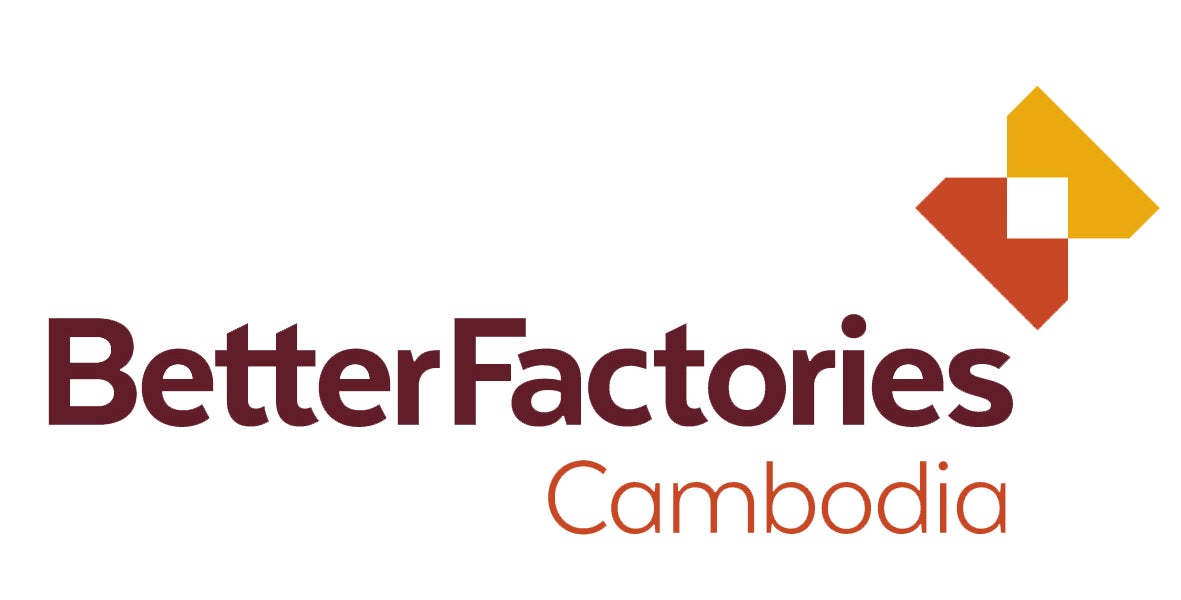CARE and Better Factories Cambodia have developed standardized guidance for all businesses in garment supply chains to address gender-based violence and harassment. These guidelines are designed to support businesses to take meaningful and effective action to ensure women workers are safe and respected at all levels of the supply chain.
Background
Gender-based violence and harassment in the workplace has become a prominent global issue, with increasing social and legal pressure for companies to ensure this does not occur within their supply chains. However, tackling such a complex issue is challenging and minimal guidance existed for companies to address this across the breadth of their operations.

CARE and Better Factories Cambodia worked in collaboration with brands and manufacturers to produce concrete guidance for supply chain actors to proactively address and respond to gender-based violence and harassment.
